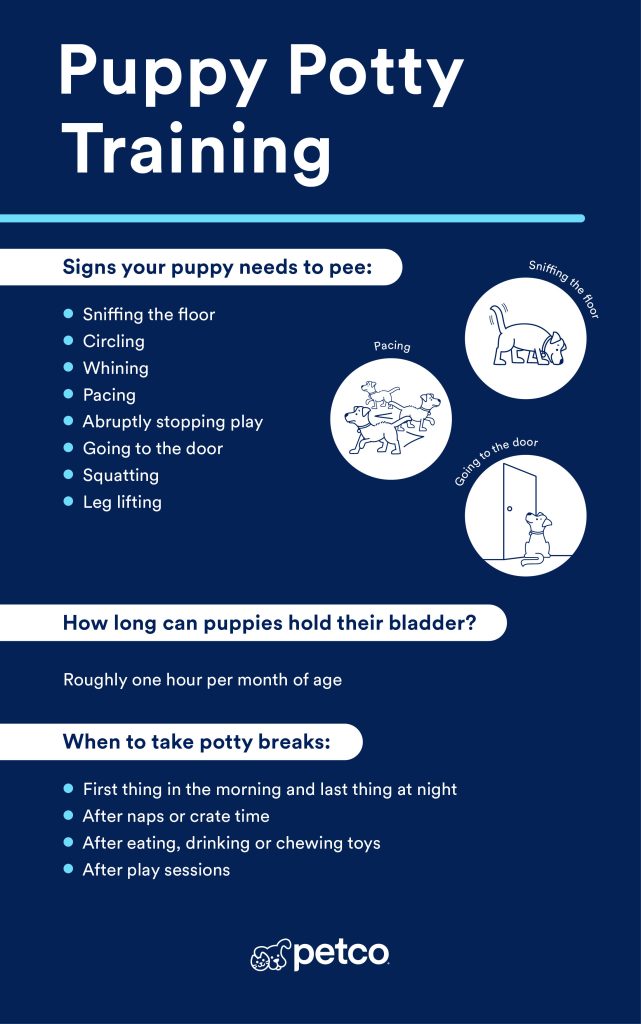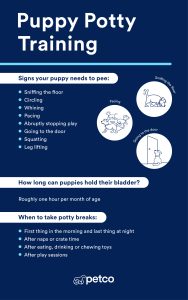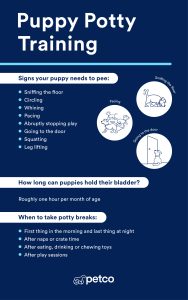Training a puppy can feel overwhelming, but it doesn’t have to be. Imagine having simple, effective tips that make your puppy listen, behave, and bond with you faster than you thought possible.
Whether you’re dealing with nipping, potty training, or basic commands, the right tricks can turn your puppy into a well-mannered companion. Ready to discover how to make training easier and even fun? Keep reading, because these tips are designed to help you and your puppy succeed together.
Choosing The Right Puppy
Picking the right puppy is a big decision. It affects your life and the dog’s life for years.
Consider your lifestyle and needs before you bring a puppy home. This helps you find the best match.
Selecting A Suitable Breed
Each dog breed has unique traits. Some need lots of exercise, while others prefer calm settings.
- Think about the dog’s size and space you have at home.
- Check if the breed fits your activity level.
- Learn about the breed’s health issues and lifespan.
- Consider grooming needs and costs.
Evaluating Temperament
A puppy’s personality affects training and living together. Look for friendly and calm behavior.
| Temperament Trait | What to Look For |
| Friendliness | Willingness to greet people and other pets |
| Energy Level | Match your daily activity and playtime |
| Curiosity | Interest in new sights and sounds |
| Confidence | Comfortable in new places without fear |
Preparing Your Home
Get your home ready before bringing the puppy. Safety and comfort are key.
- Remove dangerous items and chemicals.
- Set up a cozy sleeping area.
- Buy toys and chew items to keep the puppy busy.
- Plan for potty training spots.
- Gather food and water bowls.
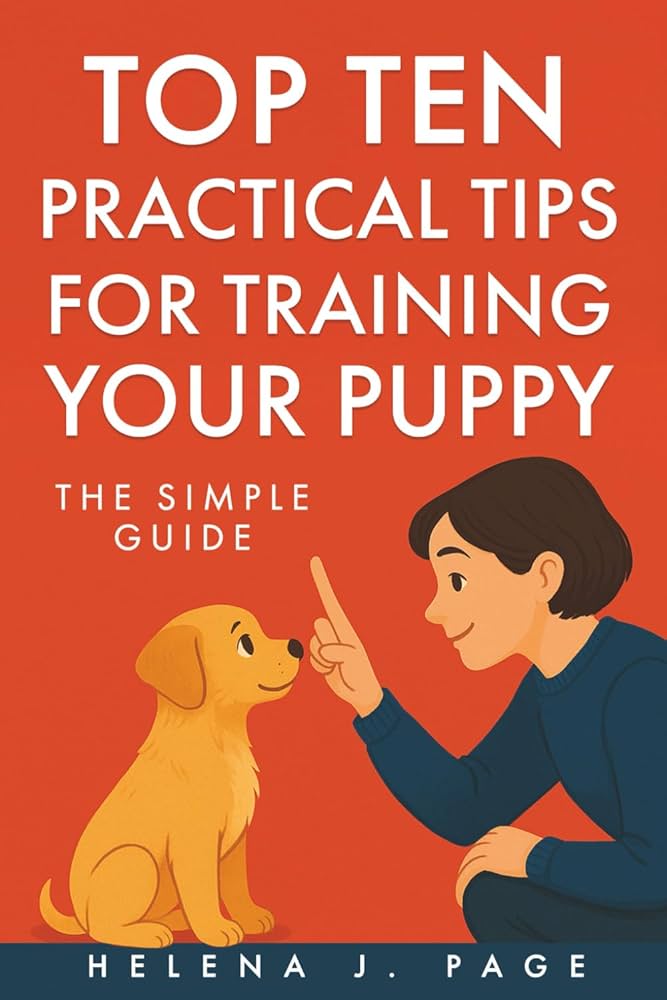
Credit: www.amazon.in
Setting Up Training Basics
Training a puppy starts with strong basics. Early habits shape their future behavior. Setting up a clear plan helps both you and your puppy learn well.
Focus on simple steps and keep sessions short. Consistency and patience make training easier and more effective.
Establishing A Routine
A steady routine gives your puppy clear signals about what to expect. Regular times for meals, potty breaks, and training help build good habits fast.
- Set fixed times for feeding and bathroom breaks.
- Train at the same times every day.
- Keep training sessions short but frequent.
- Use consistent commands and signals.
- End each session with praise or a small treat.
Creating A Positive Environment
Your puppy learns best in a calm and happy space. Avoid loud noises or distractions during training. Use gentle words and rewards to encourage good behavior.
Tip:Always stay patient and calm. Puppies can sense frustration. A kind voice helps build trust.
Essential Training Tools
Having the right tools makes training easier. Use items that keep your puppy safe and focused.
| Tool | Purpose | Tip |
| Leash | Control during walks and training | Choose a lightweight leash for puppies |
| Collar or Harness | Attach leash safely | Use a harness to avoid neck strain |
| Treats | Reward good behavior | Pick small, soft treats for quick rewards |
| Clicker | Mark correct actions | Use clicker with treats for clear feedback |
| Toys | Keep puppy engaged | Choose chew toys to reduce biting |
House Training Techniques
Training a puppy to live inside your home needs patience and care. House training is a key part of this process.
Good house training helps your puppy learn where to go potty. It also keeps your home clean and safe.
Crate Training Benefits
Crate training gives your puppy a safe space to rest. It helps build good habits by limiting their movement.
Using a crate can prevent accidents in the house. Puppies do not like to soil their sleeping area.
- Gives a secure place to sleep and relax
- Helps control puppy’s potty schedule
- Reduces anxiety by offering a quiet retreat
- Makes travel safer and easier
Potty Training Tips
Take your puppy outside often, especially after meals and naps. Consistency helps them learn fast.
Use a specific spot outside for your puppy to go potty. This helps them understand where to go.
- Set regular times for potty breaks
- Use praise and treats for good behavior
- Watch for signs your puppy needs to go
- Be patient and calm during training
Handling Accidents
Accidents happen while training. Clean the area well to remove smells and prevent repeat accidents.
Do not punish your puppy for accidents. This can cause fear and slow down training progress.
- Use enzyme cleaners to remove odors
- Stay calm and avoid shouting
- Redirect puppy to the correct potty spot
- Keep a regular potty schedule
Teaching Basic Commands
Training a puppy starts with teaching simple commands. These commands help your puppy learn good behavior.
Basic commands like sit, stay, and come build a strong bond and keep your puppy safe.
Sit
Teaching your puppy to sit is one of the easiest commands. It helps control your puppy in many situations.
Use a treat to guide your puppy’s head up. When their bottom touches the ground, say “sit” and give the treat.
Stay
The stay command teaches your puppy to remain in one place. This keeps them safe and calm in busy areas.
Ask your puppy to sit. Show your palm and say “stay.” Step back slowly. Return and reward if they stay still.
Come
Come is an important command for your puppy’s safety. It helps you call your puppy back to you.
Use a happy voice and say “come.” Gently pull the leash or clap your hands. Reward your puppy when they reach you.
Leash Training
Leash training helps your puppy walk nicely without pulling. It makes walks safer and more enjoyable.
Start indoors with a short leash. Let your puppy get used to it. Use treats to encourage walking beside you.
- Keep the leash loose to avoid pulling
- Stop walking if your puppy pulls
- Reward your puppy for walking close
Using Positive Reinforcement
Positive reinforcement helps your puppy learn by giving rewards for good behavior. It builds trust and confidence.
Use treats, praise, or toys to reward your puppy. Give rewards right after good actions to help them understand.
- Reward small steps toward the command
- Be consistent with your praise and treats
- Avoid punishment to keep training fun
Addressing Common Behavior Issues
Training a puppy takes patience and care. Puppies often show behaviors that can be hard to handle. Fixing these early helps your dog grow happy and calm.
Three common problems are biting and chewing, excessive barking, and separation anxiety. Each one needs a clear plan to improve your puppy’s habits.
Biting And Chewing
Puppies bite and chew to explore and soothe their gums. You must teach them what is okay to chew on and stop biting people or furniture.
- Give your puppy plenty of chew toys.
- Say “no” firmly when they bite your skin.
- Redirect their mouth to a toy if they start biting.
- Reward them with praise or treats when they chew toys.
- Keep shoes and wires out of reach.
Excessive Barking
Barking is normal for puppies but too much can be a problem. Teach your puppy to bark less by understanding why they bark.
| Cause | Solution |
| Attention seeking | Ignore the barking, give attention when quiet |
| Fear or alarm | Calmly reassure, remove trigger if possible |
| Boredom | More playtime and exercise |
| Loneliness | Spend more time together, use toys to distract |
Separation Anxiety
Some puppies get upset when left alone. This causes crying, barking, or damage to items. Help your puppy feel safe when you leave.
Try these tips to ease separation anxiety:
- Practice short absences then return calmly.
- Give a special toy only when you leave.
- Do not make a big fuss when you go or come back.
- Create a safe space with your puppy’s bed and toys.
- Use calming scents or sounds if needed.
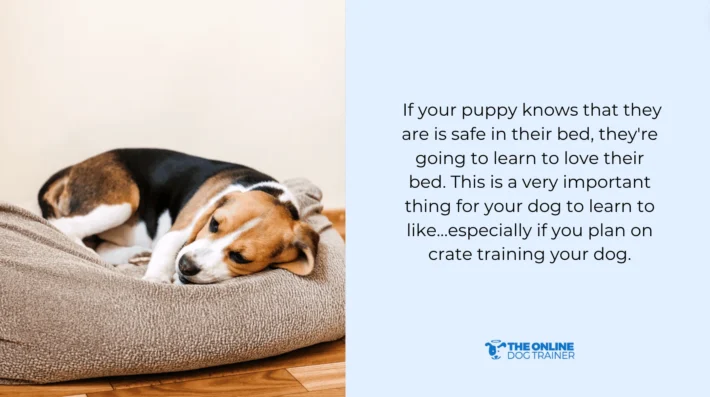
Credit: theonlinedogtrainer.com
Socialization Strategies
Training a puppy includes helping them get used to new people, dogs, and places. Socialization builds confidence and good behavior.
Start early to make your puppy comfortable in different situations. This helps them grow into a happy adult dog.
Introducing New People
Let your puppy meet many types of people. Include men, women, children, and people wearing hats or glasses.
- Keep meetings short and calm
- Use treats to create positive feelings
- Let your puppy approach at their own speed
- Avoid forcing contact if the puppy seems scared
Meeting Other Dogs
Introduce your puppy to friendly, vaccinated dogs. Watch their body language for signs of stress or playfulness.
- Choose calm dogs for first meetings
- Keep the first meetings short
- Use a leash but allow some freedom to explore
- Praise good behavior with treats and praise
- Stop the meeting if either dog shows fear or aggression
Exposure To Various Environments
Take your puppy to different places. Include parks, busy streets, and quiet areas. Let them hear new sounds and see new sights.
| Environment | What to Do | Why It Helps |
| Park | Allow sniffing and walking freely | Builds curiosity and calmness |
| Busy Street | Walk calmly near traffic and people | Reduces fear of noise and crowds |
| Quiet Area | Practice basic commands in peace | Improves focus and obedience |
Advanced Training Tips
Training a puppy needs patience and smart techniques. Advanced tips help improve your puppy’s skills.
These tips make training more fun and effective for both you and your puppy.
Clicker Training
Clicker training uses a small device that makes a clicking sound. It marks good behavior clearly for your puppy.
Click right when your puppy does what you want. Then give a treat. This helps your puppy learn faster.
- Start by clicking and giving a treat to build positive connection
- Use the click to mark exact good actions
- Keep sessions short to keep puppy focused
- Gradually reduce treats but keep clicking
Trick Training Ideas
Teaching tricks keeps your puppy’s mind active. It also strengthens your bond.
Choose simple tricks first. Add new ones as your puppy learns.
- Teach “shake hands” by gently lifting paw and rewarding
- Use “spin” by guiding puppy in a circle with a treat
- Practice “roll over” by encouraging puppy to lie down and roll
- Try “stay” by rewarding puppy when it holds position
Maintaining Consistency
Consistency helps your puppy understand what you expect. Use the same commands and signals all the time.
Train at the same times each day. Keep sessions short but regular to build good habits.
- Use clear, simple words for commands
- Make sure all family members use same commands
- Reward good behavior every time at first
- Practice in different places to generalize training
Health And Wellness During Training
Training a puppy is exciting and important for their growth. Keeping your puppy healthy helps them learn better.
Good health supports your puppy’s energy and focus during training sessions.
Nutrition For Growth
Feed your puppy food made for their age and size. Healthy food helps build strong bones and muscles.
- Choose high-quality puppy food with balanced nutrients
- Feed at regular times each day
- Keep fresh water available at all times
- Limit treats to avoid overfeeding
Exercise Needs
Puppies need daily exercise to stay healthy and happy. Exercise helps use up their energy in a good way.
| Type of Exercise | Recommended Duration |
| Short Walks | 10 to 15 minutes |
| Playtime | 15 to 20 minutes |
| Training Sessions | 5 to 10 minutes |
Regular Vet Checkups
Visit the vet often to keep your puppy healthy. Checkups catch problems early and keep vaccinations up to date.
- Schedule first vet visit soon after bringing your puppy home
- Keep a vaccination schedule
- Ask the vet about flea, tick, and worm prevention
- Discuss any behavior or health questions during visits

Credit: www.youtube.com
Frequently Asked Questions
How Long Does Puppy Training Usually Take?
Puppy training varies but generally takes 3 to 6 months. Consistency and patience speed up learning. Early socialization and daily practice help puppies grasp commands faster and build good habits.
What Are The Best Treats For Puppy Training?
Use small, soft, and tasty treats for puppy training. Choose healthy options like small pieces of chicken or commercial puppy treats. Treats should be appealing but not too large to avoid overfeeding.
How Often Should I Train My Puppy Daily?
Train your puppy 5 to 10 minutes, 2 to 3 times daily. Short sessions keep puppies focused and prevent boredom. Regular practice reinforces commands and builds positive behavior habits quickly.
When Should I Start Training My Puppy?
Start training as soon as you bring your puppy home, usually around 8 weeks old. Early training helps shape good behaviors and social skills. Begin with basic commands and gentle socialization.
Conclusion
Training a puppy takes patience and consistency. Small steps lead to big changes. Stick to a routine. Offer treats for good behavior. Puppies love praise. Keep training sessions short and fun. This builds a strong bond. Remember, each puppy is unique.
What works for one may not work for another. Stay positive and patient. Mistakes will happen. Learn and grow with your puppy. Celebrate little victories. A well-trained puppy becomes a happy family member. Enjoy the journey with your furry friend.
Training them is not just a task. It’s an adventure.

Emily Barker is the founder of ChillDogLife.com, a space dedicated to helping pup parents discover the best dog products, lifestyle tips, and cozy ideas for happier homes.
A lifelong dog lover, Emily combines her passion for pets with a knack for research to share trusted recommendations on everything from toys and furniture to health and everyday care.
Her goal is simple: to make life easier, stylish, and more joyful for dogs and the people who love them.
